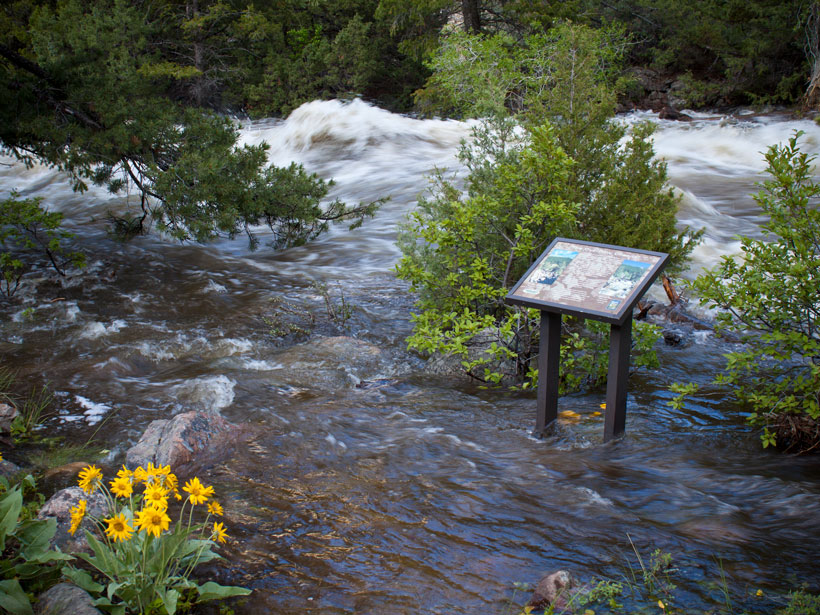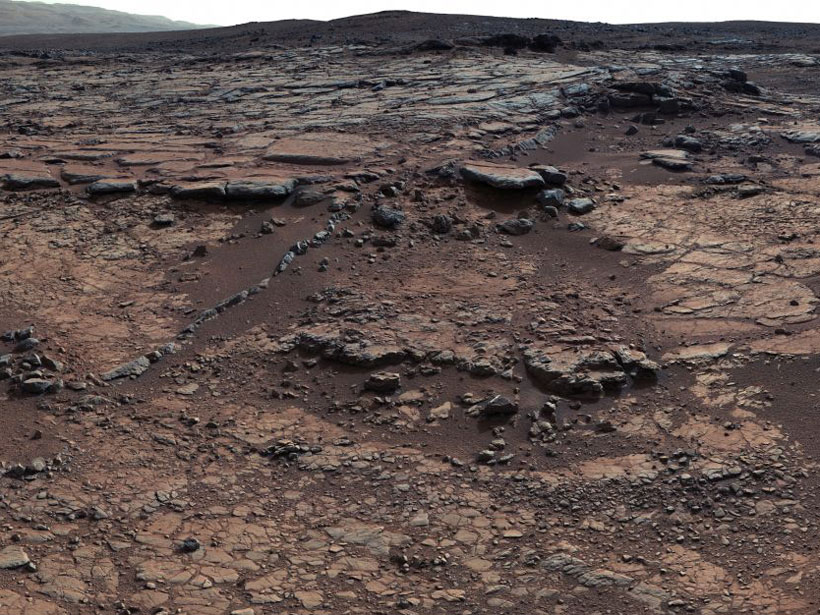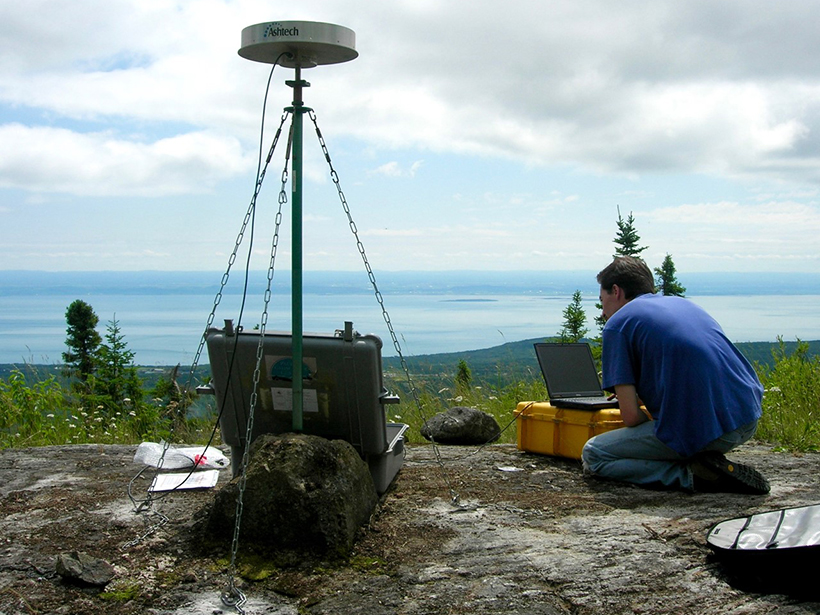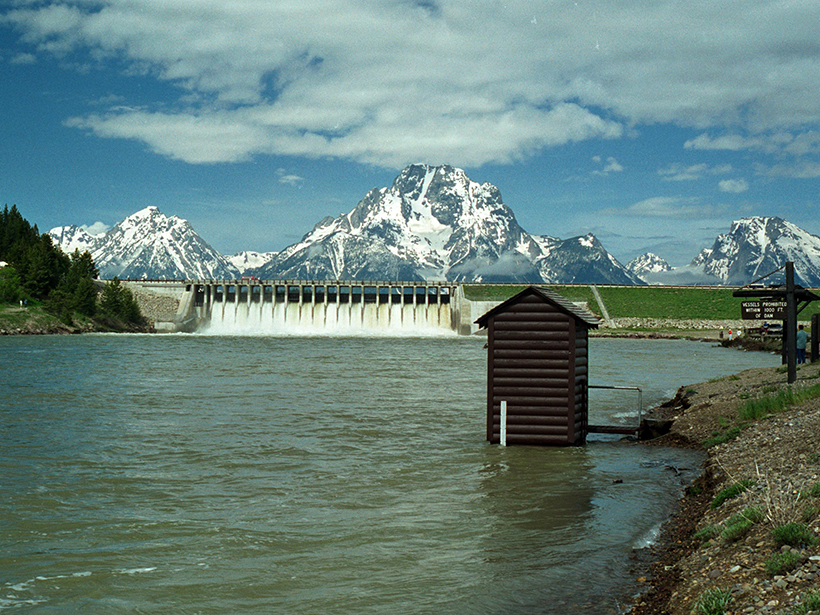A new study examines how unusual meteorology interacted with topography and other local conditions to generate some of the most devastating floods in American history.
Research Spotlights
Research spotlights are plain-language summaries of recent articles published in AGU’s suite of 24 journals.
How Will Melting Glaciers Affect Streamflow?
High-resolution modeling of summertime streamflow in the Pacific Northwest reveals the effects of glacial retreat on streamflow will vary by elevation.
Finding Sources of Uncertainty in the Spatial Pattern of Warming
The planet is heating up, but uncertainty still exists about how temperatures will change in specific regions. A new study examines sources of uncertainty in the meridional pattern of warming.
The Unpredictability of Floods, Erosion, and Channel Migration
A new algorithm incorporates randomness into stream channel formation and suggests the approach represents regions with variable flood magnitudes better than standard models.
New Plasma Wave Observations from Earth’s Magnetosphere
The first simultaneous observations of multiple electromagnetic wave types in Earth’s magnetosphere may inaugurate a new field of inquiry into cross-frequency wave interactions.
Researchers Bring Early Martian Water Chemistry to Life
Lab experiments constrain conditions necessary for a key mineral to have formed in ancient lagoons and a crater lake.
Ancient Faults Amplify Intraplate Earthquakes
A comparison of deformation rates from Canada’s Saint Lawrence Valley offers compelling evidence that strain in the region is concentrated along ancient structures from previous tectonic cycles.
Unraveling the Origin of Slow Earthquakes
Different nucleation styles detected in five slow-slip events in the same area of Japan’s Ryukyu subduction zone suggest the physical properties along this tectonic plate interface change over time.
Exploring Uncertainty in Streamflow Estimates
A review of streamflow uncertainty estimation methods reveals that one method does not fit all situations and provides recommendations for how to improve streamflow estimates.
New Analysis Provides a Fresh View of the Atmosphere on Venus
Researchers apply a radio holographic method to standard Venusian atmospheric data, resulting in outputs with finer vertical resolution and revealing small-scale atmospheric structures.










